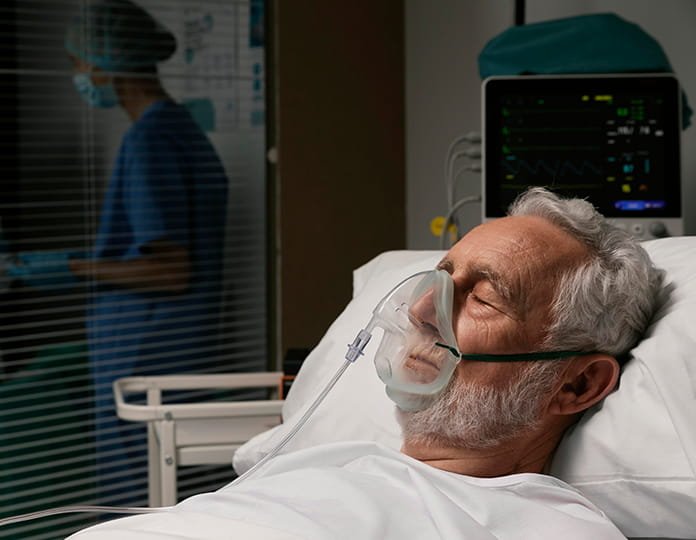One of the many questions that has puzzled scientists is “What happens to our brain when we die?” But it’s not limited to just scientists. Even philosophers and poets ponder on this. What happens right before it shuts off and dies? Earlier studies among animals have shown that gamma waves increase as they enter a cardiac arrest or respiratory arrest. Gamma waves are present during conscious perception and are linked to memory processing in the brain. A recent study showed that dying individuals may experience increased brain activity for up to 30 minutes after their hearts have stopped beating. This new study has thrown some light on this unexplained process. But what does this indicate? Does it represent the brain’s final act or is it something else entirely?
So What Exactly Went Down?
Researchers (Gang Xu, Temenuzhka Mihaylova, Duan Li, Jimo Borjigin, Michael M. Wang, George A. Mashour, Jack M. Parent, Peter M. Farrehi, Fangyun Tian) from the University of Michigan in the US studied the electroencephalogram (EEG: used to monitor the functioning of the brain) and electrocardiogram (ECG: used to check the condition of the heart) signals in four terminally ill patients before and after the removal of ventilatory support to gain a better understanding of what takes place in the brain during the final moments of a person’s life. The four patients were in a coma, the researchers discovered that in two of the patients, hypoxia (dropping levels of oxygen in the brain) was accompanied by an increase in gamma activity.

But why might there be such an elevation? The study’s authors argue that the brain’s struggle to survive while the body is dying might be the outcome. Alternative explanations could be a final burst of activity before the brain permanently shuts down, the release of specific chemicals from the brain at the time of death, or both. Researchers have come close, but there is no apparent answer.
The research also claims that individuals declared clinically dead but later revived described seeing bright lights or familiar faces. This shows that even when individuals are dying, their brains can still process internal visions. Researchers said that it is still unclear whether the dying human brain activates the posterior cortical areas found in the back of the head and are in charge of processing visual information. The hot zone of the brain is where the gamma wave was first discovered. It is well-recognised that this brain area is essential for conscious processing.
Looking At The Bigger Picture!
Whatever the cause, these discoveries significantly impact how we understand the process of dying. They also bring up major concerns regarding how we treat people who are nearing the end of their life. These observations show that the dying brain can continue to function, even though these findings’ processes and physiological importance need to be completely examined. Additionally, they suggest that the function of the brain during cardiac arrest be reevaluated.













Leave feedback about this